Châteaux and Chartres Cathedral all in a day!
Nothing beats being spontaneous and visiting 2 famous Châteaux and a UNESCO world heritage Cathedral — all in one day!
(Ok, there is one downside to a spontaneous day trip, waking up really early :-)!
This year France was able to enjoy back-to-back weekday holidays on May 8th and 9th. May 8th celebrates the ending of WWII in Europe and May 9th was Ascension Day (Thursday) — which serendipitously occurred this year on the Thursday after a May 8th Wednesday — whew!
Stéphane and I have been talking about a trip to the beautiful Loire Valley to see some of France’s Royal Palaces (Châteaux) for some time and this holiday week seemed to be a perfect fit for this cultural day trip. From Paris by car, you can be in the middle of the Loire Valley in approximately 2+ hours. So, with Stéphane leading the way with family and friends, we packed up the cars and lunch and headed off to visit two of France’s finest castles and one of it’s most renowned Cathedrals.
First stop — walking through the charming city of Amboise with buildings dating back to the 15th and 16th century in route to Château Royal d’Amboise and it’s famous St Hubert Chapel —- the final resting place of Leonardo da Vinci.

The City of Amboise gives away 4 children to first time visitors to the city …here are the 4 beautiful little ones we received :)!
Sacha, Isabella, Jeanne and Emilia
This may be unusual, but the first castle picture I’m going to show is a sketch of Château d’Amboise. This will give you an idea of what the castle looked like before fire and demolition over the centuries. Château d’Amboise is located on top of a hill overlooking the city of Amboise and the Loire River.
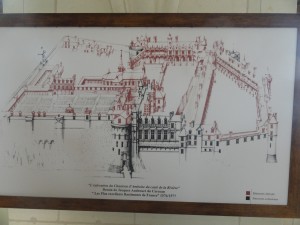
Areas highlighted in black still remain today and red areas have been destroyed by fire or demolition over the centuries.
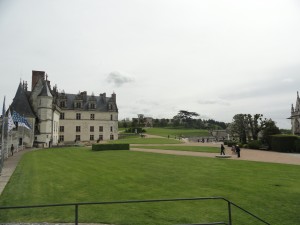
Eastern view with it’s expansive courtyard — now that most of the original Château is no longer standing.
Views from Château d’Amboise overlooking the city of Amboise and the Loire River.
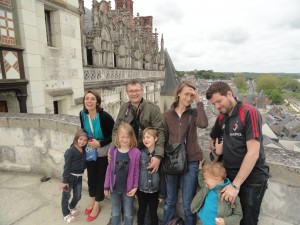
Enduring a sun glare photo.
Top Row — (left to right) Flavia, Stéphane, Caroline, Stéphane
Bottom Row — (left to right) Isabella, Jeanne, Emilia, Sacha
Inside Château d’Amboise.
On the grounds of Château d’Amboise is St Hubert Chapel and Leonardo da Vinci’s burial place.

A bust of Leonardo on the grounds of Château d’Amboise — I’m here with my always camera ready friend Emilia :)!
Time to head to our second Château and enjoy our picnic lunch.
After a quick 25 minute ride from Amboise we arrived at the MAGNIFICENT Château De Chenonceau !
Time for our delicious lunch on the picnic grounds of Château De Chenonceau.

On the menu — red wine, baguettes, smoked salmon, special regional goat cheese, cochon (pork) pâte, tomatoes, potato and lardon (bacon) salad, chips, sandwiches, chocolate mini cakes and juice boxes — Bon Appetite!
Welcome to the stunning 16th century Château Chenonceau — built completely in and over the river Cher! The Château is surrounded by moats and lush, traditional French gardens.
A “very” small taste of the rooms inside this enormous Château
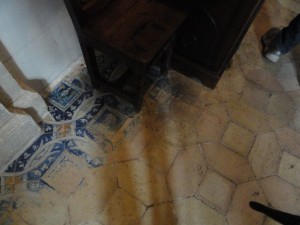
The pedestrian traffic on the stone tile floors has been so great over the past century that the glazing on the tile is completely gone, except at the edges.
To the gardens we go.
Catherine De’ Medici (from Florence, Italy) — Henri II’s widow had a profound impact on France as she ruled the country for many years. It would take a full blog to outline this incredibly bright, strong, artistic, regal woman’s contribution to French culture.
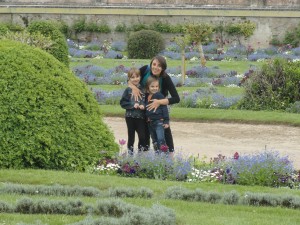
Flavia Giovanelli, from Bologna (with her two beautiful daughters Emilia and Isabella) married a Frenchman-Stéphane — now standing in the Catherine de’Medici (Italian inspired and designed) french garden — a nice metaphorical way to salute and appreciate how France and Italy came together to make history and this remarkable Château.
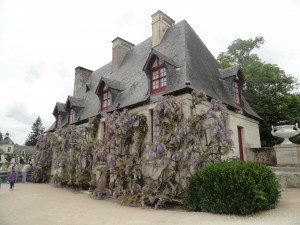
One of many farm houses on the Château estate. The Wisteria on this home could be close to a century old!
Time to find divine intervention and begin our journey to one of France’s most notable churches and a UNESCO world heritage site — Chartres Cathedral.
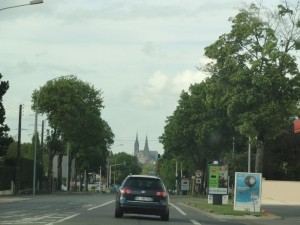
Chartres Cathedral sits atop a hill and can be seen from miles and miles away. It is captivating in a way to be driving one minute, look up from miles away and see this beautiful structure above the trees and buildings.
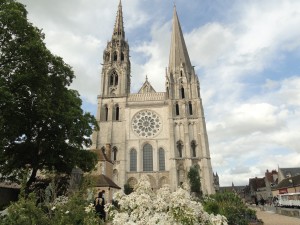
Chartres Cathedral — the original cathedral was built in the 4th century and after a number of transformations over the next 8 centuries; now standing in front of you is the finished mosaic cathedral (if I may) – because the cathedral continued to evolve and certain parts of the cathedral were built in different centuries and now make this one-of-a-kind structure – which was officially dedicated in 1250.
For example, the gothic steeple on the right was completed in the 12th century. The rose window in the center was added / completed in the 13th century and the flamboyant gothic steeple on the left was added in the 16th century.
Chartres Cathedral is predominately known for it’s treasured stain glass windows, flying buttresses for structural support (for the large stain glass windows) and the Sancta Camisa — the tunic believed to be worn by the Blessed Virgin Mary at the time of Christ’s birth — acquired by the cathedral in c.876. — there is much controversy surrounding this tunic.
There are 176 stained glass windows and approximately 152 are “original” — no other church or cathedral in the world can claim as many original pieces from centuries ago. If you think of this incredible statistic, how the cathedral was spared numerous times in history from being destroyed (French Revolution and WWII come to mind first). The heroic acts of individuals protesting the destruction of the church over political or religious reasons at varies times. How the residents of Chartres removed and concealed all the stain glass windows before the Germans invaded France during WWII, just incase the cathedral was bombed or torn down.
There are many plaques as you walk through the cathedral highlighting certain stain glass pieces and what they represent or symbolize (it is well done).
Side note for history buffs : The reason stain glass was created was because people back in the middle ages were illiterate and could not read, so the church needed a way to tell it’s stories — so colorful pictures were used to highlight major historical moments – tapestry rugs were also designed at this time for this purposeful reason (as well as to add warmth to a room by covering the cold stone walls).
Here are a few pictures of the elaborate stain glass windows of Chartres Cathedral.
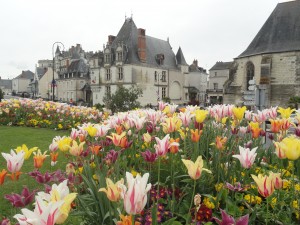
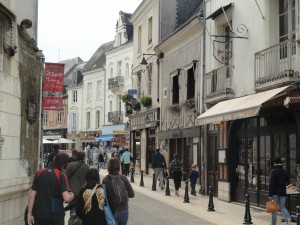
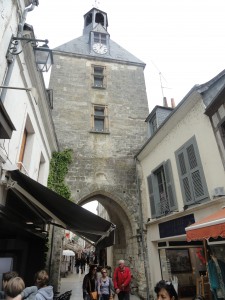
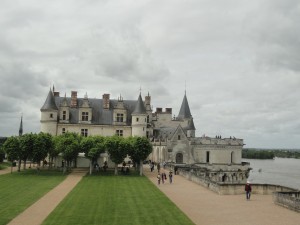
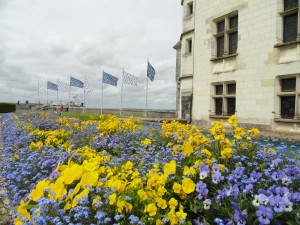
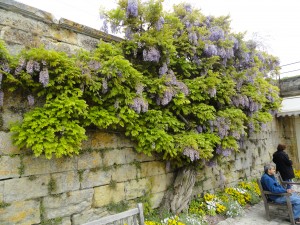
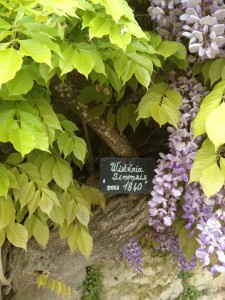
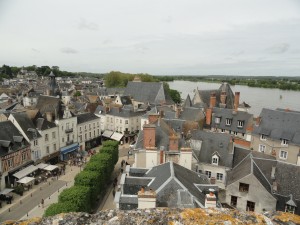
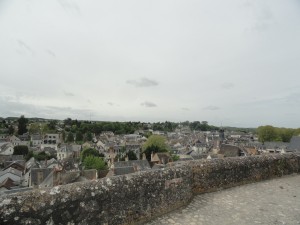
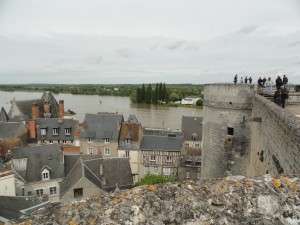
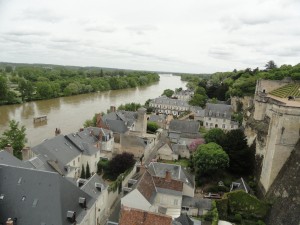
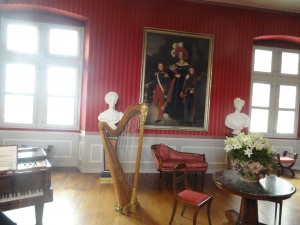
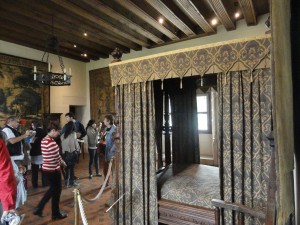
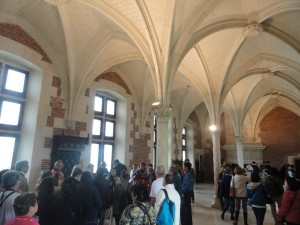
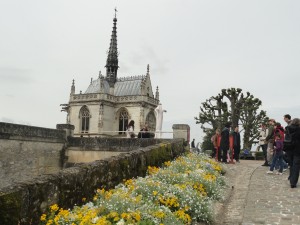
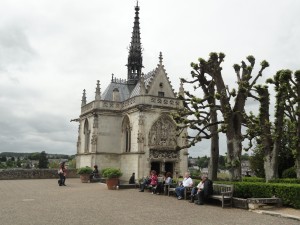
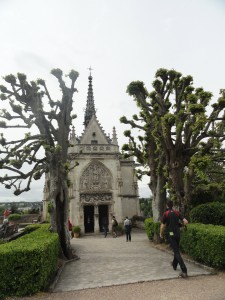
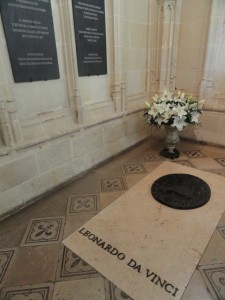
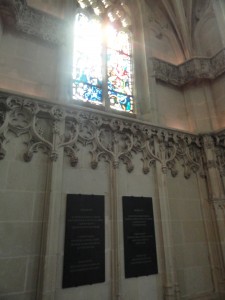
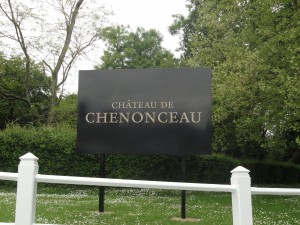
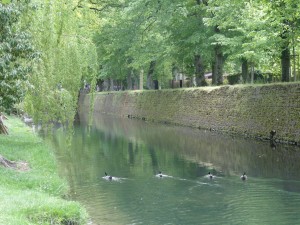
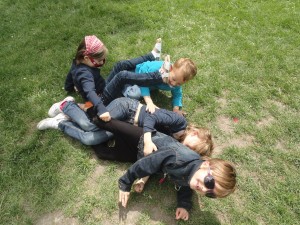

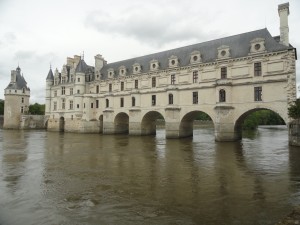
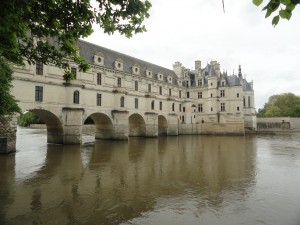
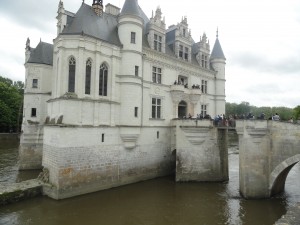
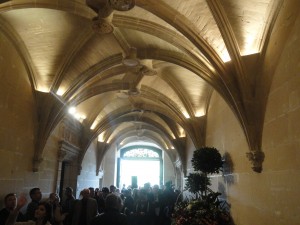
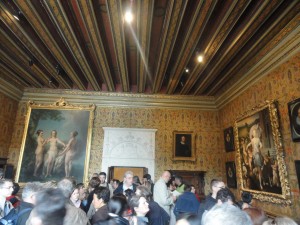
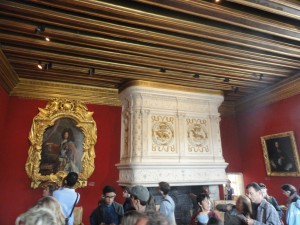
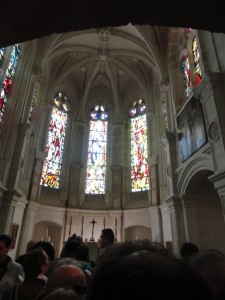
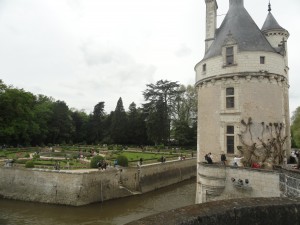
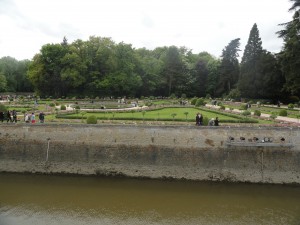
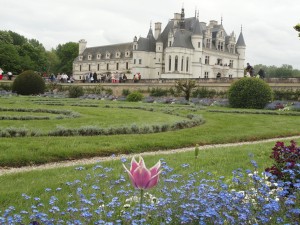
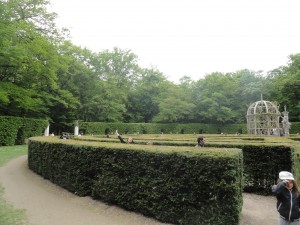
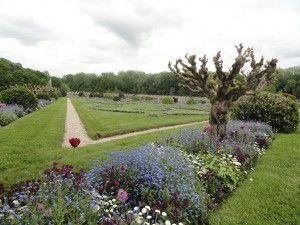
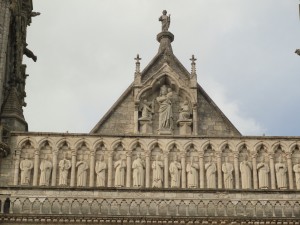
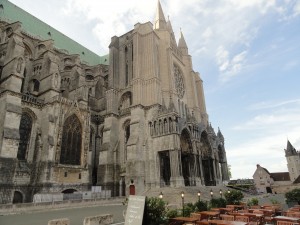
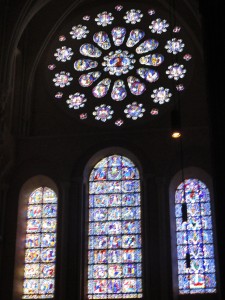
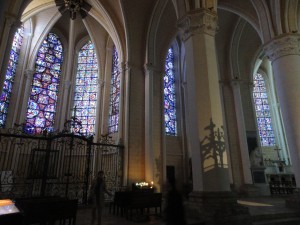
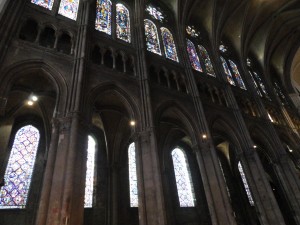
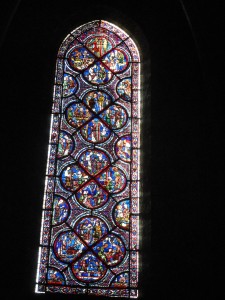
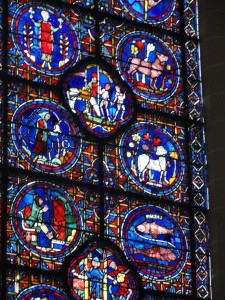
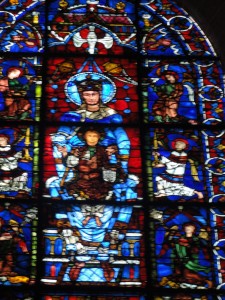
Leave a Reply